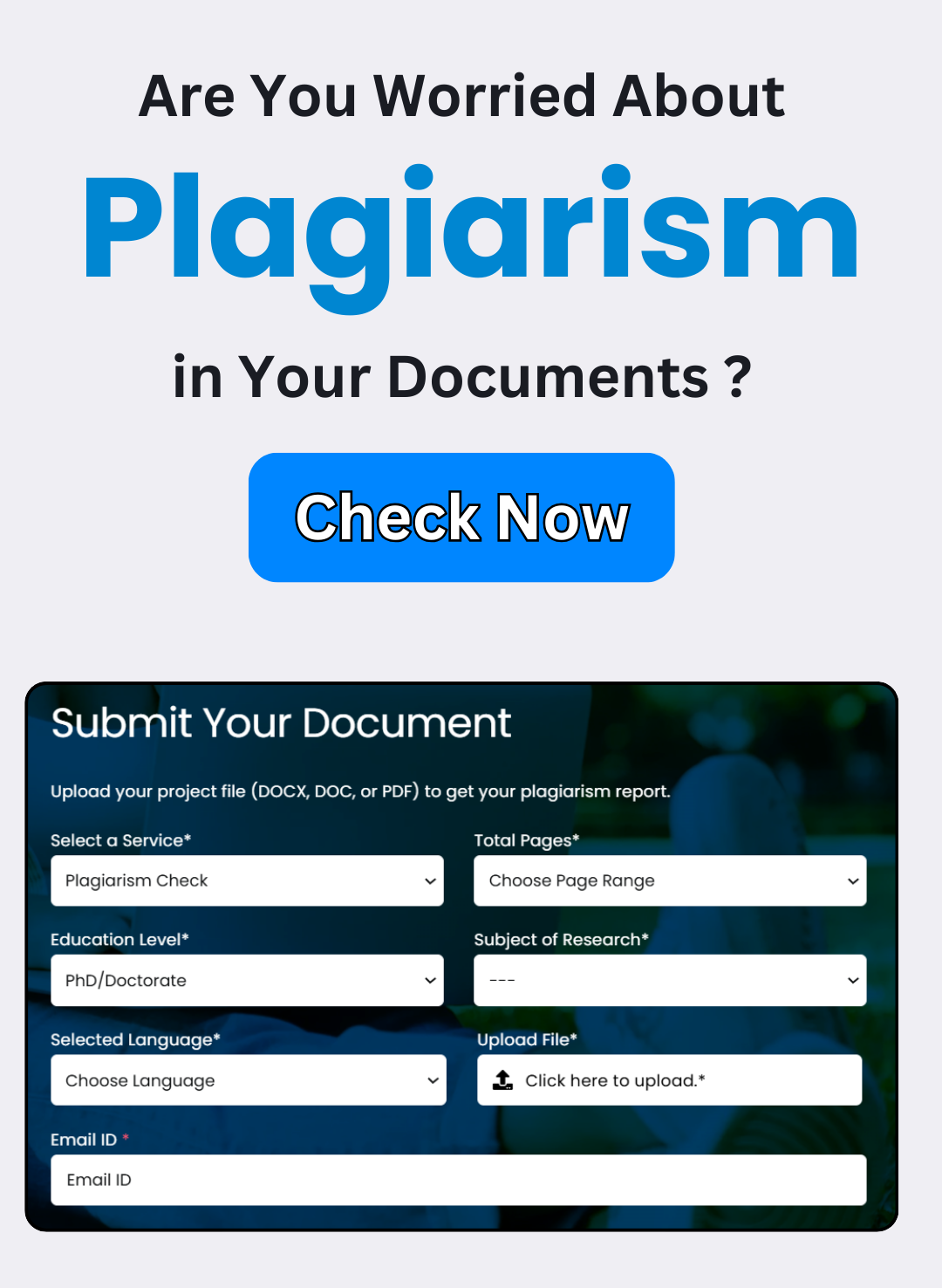How to Avoid Plagiarism in Your Literature Review
Managing Plagiarism in the Literature Review: Essential Strategies
Plagiarism is a serious issue in academic research and writing, especially in the review of literature. A literature review involves summarizing and analyzing existing research on a particular topic. Ensuring your literature review is plagiarism-free is vital for maintaining academic integrity. Below, we will explore effective strategies to manage and prevent plagiarism in your literature review.
Understanding Plagiarism
Before addressing plagiarism, it’s crucial to understand what it is and how it occurs. Plagiarism happens when you use someone else’s work or ideas without proper attribution. There are two main types of plagiarism in literature reviews:
- Direct Plagiarism: Copying text word-for-word from a source without citation.
- Paraphrasing Plagiarism: Restating someone’s ideas in your own words without giving credit to the original author.
By understanding these forms of plagiarism, you can take proactive measures to avoid them.
1. Utilize Plagiarism Detection Tools
One of the most effective ways to prevent plagiarism in your literature review is to use plagiarism detection tools. These tools can scan your work and identify areas where there may be uncredited content. They are particularly useful for double-checking both your writing and the sources you’ve referenced. Popular tools like Turnitin, Grammarly, and Copyscape can help you spot and resolve issues before submitting your work.
2. Properly Use Quotes and Citations
When incorporating direct quotes from a source, always use quotation marks and properly cite the original author. Proper citation not only acknowledges the original author but also demonstrates your understanding of their work. Each citation style (APA, MLA, Chicago, etc.) has specific guidelines on how to format citations and quotations. Be sure to follow these guidelines carefully to avoid plagiarism.
3. Master the Art of Paraphrasing
Paraphrasing is a critical skill when writing a literature review. It involves rephrasing the original text in your own words, while still conveying the same meaning. Paraphrasing allows you to demonstrate your comprehension of the material, but it’s essential to provide proper attribution to the original source. Simply changing a few words or the sentence structure isn’t enough; always cite the original author even when you paraphrase.
4. Keep Track of Your Sources
Maintaining a thorough record of all the sources you reference is key to managing plagiarism. It’s easy to forget where specific ideas or quotes originated, especially when working with multiple sources. Using citation management software like Zotero, EndNote, or Mendeley can help you organize your references and automatically generate accurate citations and bibliographies. This practice ensures you never lose track of your sources and always give proper credit to the original authors.
5. Educate Yourself and Others About Plagiarism
To effectively manage plagiarism in your literature review, it’s essential to educate yourself and others about the consequences and ethical implications. Many students and researchers are unaware of the severity of plagiarism or how to avoid it. By spreading awareness about plagiarism prevention strategies and ethical writing practices, you contribute to a culture of academic integrity in your academic community.
Conclusion: Ensuring Originality and Credibility
Managing plagiarism in your literature review is essential for upholding the originality and credibility of your work. By understanding plagiarism, using plagiarism detection tools, correctly citing sources, mastering paraphrasing, keeping track of references, and educating others, you can ensure that your literature review remains free from plagiarism. Taking these steps will not only safeguard your academic reputation but also enhance the quality of your research.
Top Plagiarism Removal Services in Bengaluru – 100% Unique & Turnitin Approved
Introduction
However, in this academic and professional-driven area, duplicacy is not accepted. Higher education institutions, […]
Important Exceptional Cases For Plagiarism Checking
Using the Turnitin Feedback Studio: A Few Extraordinary Situations We are aware […]
Expert Plagiarism Removal Services in Kolkata – Ensure Originality with Professional Solutions
Plagiarism refers to the practice of using phrases or […]
Understanding Plagiarism: A Simple Guide to Its Different Types
Unraveling plagiarism: A comprehensive guide to different types […]
UGC’s Assistant Professor Recruitment Decision Raises Concerns
UGC Assistant Professor Recruitment Decision Sparks Questions– You […]
Top Plagiarism Removal Services in Chennai – Get Originality with Expert Help
Plagiarism refers to the practice of using phrases or […]


